Towering high above the vibrant cityscapes of Rio de Janeiro, the iconic Brazil tourist spot known as the Christ the Redeemer statue serves as a beacon of cultural pride and a testament to architectural brilliance. As one of the new seven wonders of the world, this grand monument invites travellers seeking an unforgettable adventure to visit in Brazil. For those in pursuit of wonder, the panoramic vistas offered at the peak of Corcovado Mountain are second to none, encapsulating the essence of beauty and spirituality in one of South America’s most effervescent countries.
Key Takeaways
- Christ the Redeemer stands as a symbol of faith and splendour in Brazil.
- This majestic site is included in the list of the New Seven Wonders of the World.
- Visitors can enjoy spectacular views of Rio de Janeiro and its harbour.
- The statue’s cultural significance is matched by its breathtaking surroundings.
- Exploring this landmark offers a quintessential Brazilian experience.
2.Iguazu Falls: A Marvellous Interplay of Nature’s Splendour
Bordering Brazil and Argentina, the Iguazu Falls are a collection of 275 distinct waterfalls that have rightfully earned their reputation as one of the most spectacular attractions in Brazil. This UNESCO World Heritage Site extends over almost 3 km and has the highest flow rate of any waterfall in the world. Amongst the most captivating aspects of visiting Brazil, witnessing the grandeur of Iguazu Falls creates memories that last a lifetime.
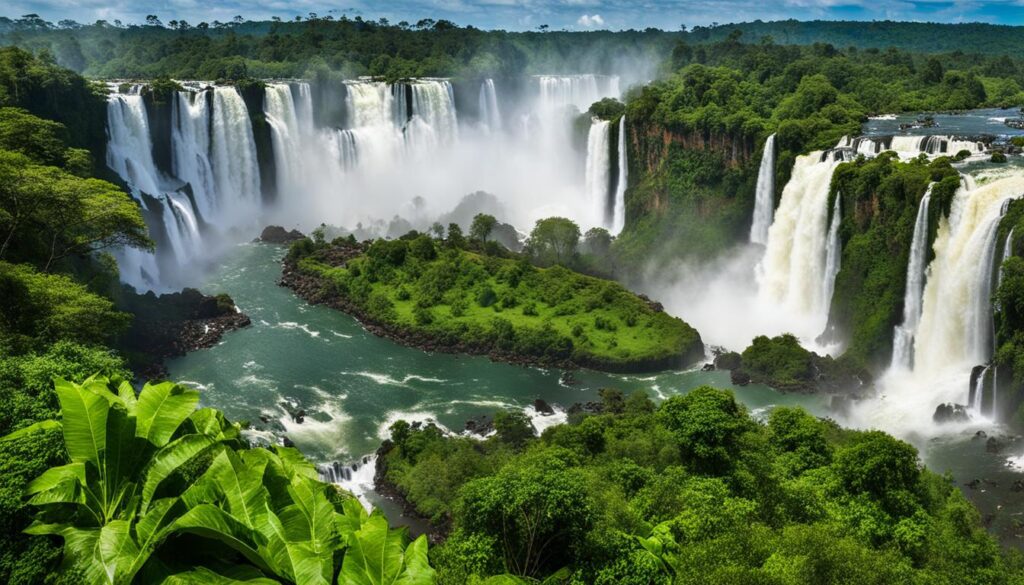
Renowned as a top-rated tourist destination, the falls offer an unparalleled experience. The thunderous roar of the cascading water and the refreshing mists that rise from the intertwining streams create an immersive experience for anyone standing at the viewpoints or walking the trails. Not only does the natural scenery evoke a sense of wonder, but the abundant wildlife in the surrounding subtropical forest adds to the allure, making it a must-visit location for naturalists and adventurers.
- Guided tours along the catwalks and trails provide enlightening insights into the region’s diverse ecosystem.
- Thrilling boat rides approach the base of the waterfalls, offering visitors a different perspective and an unforgettable adrenaline rush.
- Helicopter flights above the falls present a bird’s eye view of this natural wonder, showcasing the scale and beauty in an extraordinary way.
“The beauty of Iguazu Falls surpasses even the most eloquent words. Here, nature’s poetry is written in water and stone.”
With facilities like the Parque das Aves, a bird park close to the falls, and the proximity to other key destinations on the Brazil-Argentina border, the Iguazu Falls stand out as a cornerstone of any travel itinerary geared towards experiencing the majesty of South America. When it comes to visiting Brazil, including this remarkable site in your journey is indisputably a highlight.
3. Copacabana Beach
As an emblematic tourist attraction in Brazil, Copacabana Beach proudly stands out with its golden sands that stretch under the warm embrace of the Rio sun. This coastal wonder is not only one of the most beautiful beaches globally but is also the life and soul of Rio de Janeiro, drawing travellers and locals alike into its vibrant atmosphere. Visitors to this iconic destination are welcomed by the rhythmic waves and the famed Copacabana promenade, with its distinctive black and white mosaic patterns, inspired by the pavements of Lisbon.
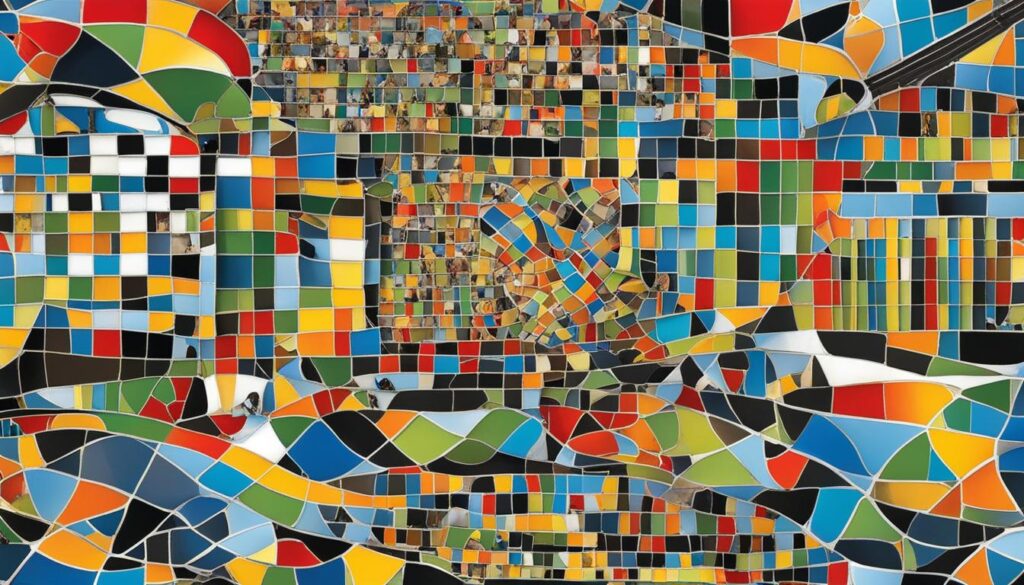
Encompassing the essence of the Carioca lifestyle, this bustling hotspot offers a spectrum of beach activities, from volleyball and soccer to sunbathing and swimming. Each morning, health enthusiasts animate the shoreline, turning the beach into an al fresco gym against the backdrop of the city’s dramatic skyline. Whether you’re in search of leisure or adventure, Copacabana’s allure is undeniable, asserting its status among the top tourist places in the world.
A journey along the vibrant Avenida Nossa Senhora de Copacabana reveals an abundance of charming cafes, trendy boutiques, and gourmet restaurants, each promising an authentic taste of Brazilian hospitality. This famous avenue is not merely a road but a cultural canvas where the heart of Rio beats the loudest, showcasing the dynamic spirit that resonates through every corner of this fascinating city. The atmosphere here captures a unique blend of the traditional and the contemporary, making Copacabana a microcosm of the city’s eclectic charm.
“Copacabana represents the quintessence of Rio de Janeiro’s spirit, from its festive ambience to the soothing oceanic panorama that frames it – a true testament to the joy and colour of Brazilian culture.”
4.Exploring the Magnificent Amazon Rainforest
A journey to Brazil is incomplete without delving into the heart of its most famed natural wonder, the Amazon Rainforest. Recognised globally as a pivotal Brazil tourist attraction, the rainforest stretches beyond imagination, covering vast tracts of the country. The allure of its unbounded biodiversity and the opportunity to engage with indigenous cultures make it a haven for adventure tourists seeking authentic experiences in the wild.

The immense Amazon National Park serves as a point of entry to this extraordinary ecosystem. As adventurers traverse through the dense foliage, they discover an intricate web of life that puts the Amazon on the map as not just a rainforest, but as the amazon rainforest – a realm of ecological marvels. Here, conservationist efforts unite with tourism to foster a sustainable approach to exploring one of the world’s last great frontiers.
- Discover the rich tapestry of flora and fauna exclusive to the Amazon.
- Experience immersive eco-lodges and guided tours respecting the delicate balance of nature.
- Participate in community-based tourism that supports local tribes and preserves their heritage.
The Amazon Rainforest is not just a destination; it’s a vast, breathing testament to Earth’s ancient history and ongoing evolutionary tale. By visiting this grand natural sanctuary, tourists participate in a larger conversation about our planet’s future, making each footstep a statement towards the protection of our shared environment.
5. Fernando de Noronha Island
Renowned for its ecological sanctity and astounding marine richness, Fernando de Noronha Island stands out as one of the premier Brazil tourist attractions. It beckons as an idyllic sanctuary for those enchanted by the allure of beautiful beaches and the thrill of underwater adventure. This UNESCO World Heritage site is both a haven for avid beach enthusiasts and a playground for the most adventurous tourist.
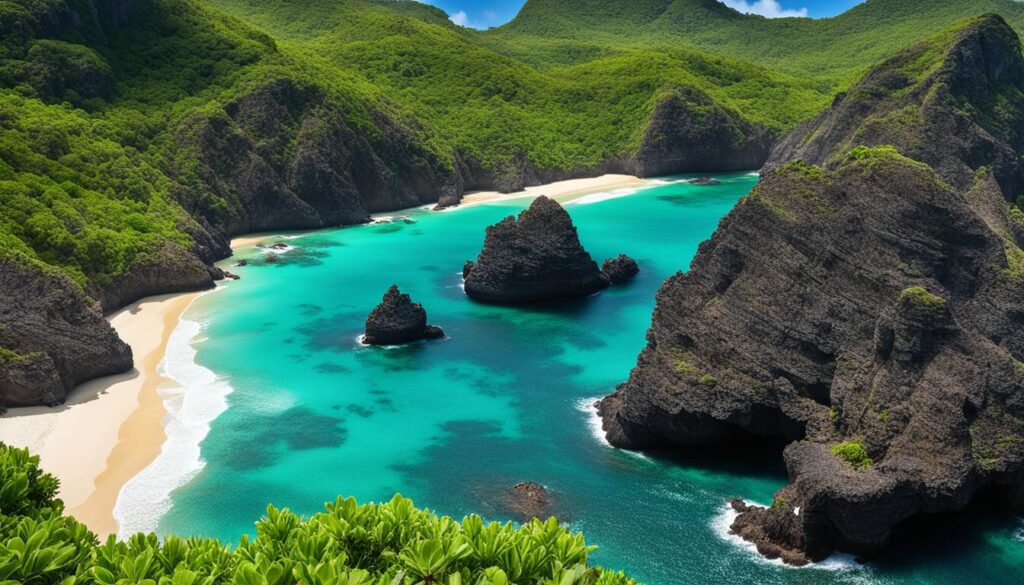
The archipelago’s crown jewel, Praia de Sancho, is often lauded as one of the top beaches in the world. Isolated and breathtaking, its inviting turquoise waters and soft golden sands are framed by towering vertical cliffs, creating a natural masterpiece that epitomises the archetypal paradise.
- Snorkelling in crystal-clear waters teeming with vibrant marine life.
- Diving excursions that reveal the island’s underwater majesty, including rich coral reefs and fascinating shipwrecks.
- Eco-tours that provide insight into the island’s unique ecosystem and conservation efforts.
Visitors are encouraged to immerse themselves in the island’s natural splendour while respecting its delicate balance, ensuring the preservation of its beauty for generations to come.
6. Sugarloaf Mountain
Soaring above the cosmopolitan city of Rio de Janeiro, Sugarloaf Mountain is one of the most iconic tourist places in Brazil. It’s a symbol of the natural beauty that adorns the vibrant cityscape and a true bastion for those in pursuit of awe-inspiring views of Rio. As tourists ascend by cable car, they are greeted with a panorama that captures the essence of this top-rated tourist destination.

The journey to the peak is as thrilling as the destination itself. The cable car travels in two stages: the first taking visitors to the intermediary stop at Morro da Urca, and the second completing the ascent to the summit. Each phase offers a progressive revelation of Rio’s stunning coastline and urban expanse.
Once atop Sugarloaf Mountain, visitors behold a view that encompasses the stretch of golden beaches, dense forestation, and the perpetual dance between the Atlantic Ocean and the land. It’s a viewpoint where the magnificent tapestry of Rio comes to life – a tourist spot that is both inspirational and humbling.
- The summit’s vantage point affords a clear sight of the famous Copacabana Beach, the imposing Christ the Redeemer statue, and the bustling Flamengo Park.
- At dusk, the sight of the sun dipping below the horizon embellishes the sky with hues that echo the spirited culture of this Brazilian jewel.
- The mountain also serves as an illustrious backdrop to the city’s many festivals and celebrations, a silent observer to the exuberance below.
Whether capturing the moment through a lens or imprinting it on one’s soul, Sugarloaf Mountain stands unrivalled as a quintessential testimony to Rio de Janeiro’s grandeur, a testament to the city’s rightful place among the world’s most favoured tourist spots.
7.Exploring the Heritage of Paraty
Within the verdant coastline of Brazil lies Paraty, a historic town that stands as a testament to the country’s colonial era. Recognised for its exemplary colonial architecture, Paraty is a quintessential historical destination in Brazil. The town’s cobblestone streets and classic buildings exude a charm that transports visitors back to a time when Brazil was nurtured in the cradle of Portuguese influence. As one of the premier tourist attractions in Brazil, Paraty offers an enchanting mix of history, culture, and scenic splendour.
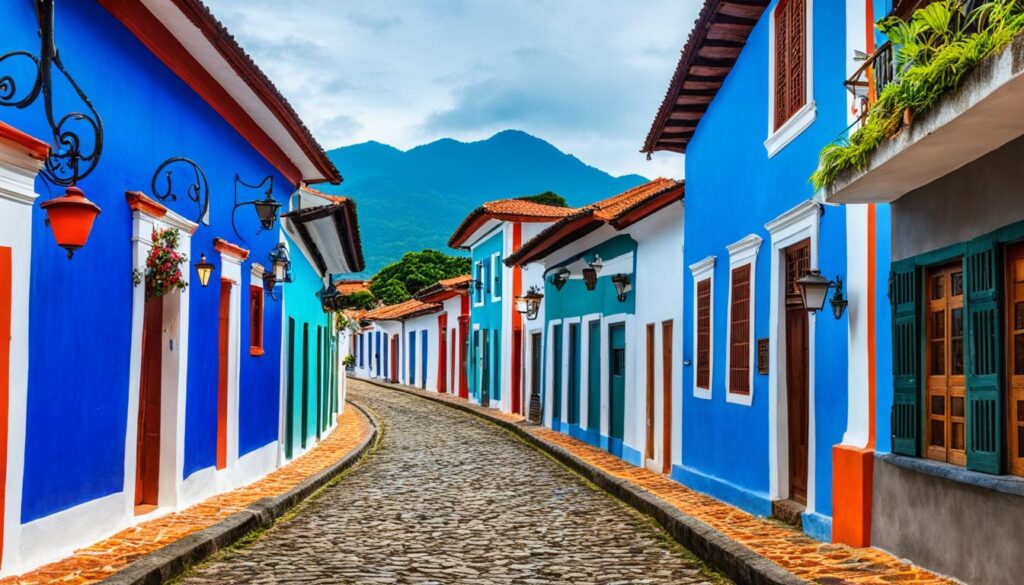
Among the many places to visit in Brazil, Paraty distinguishes itself with its well-preserved 17th and 18th-century buildings. These historical edifices have survived the passage of time and now serve as colourful backdrops to the multitude of cultural festivities that fill the town’s calendar. Exploring Paraty is akin to wandering through an open-air museum, each corner narrating stories from an era bygone, yet alive in the intricacies of its constructions.
Paraty is not just a haven for history enthusiasts; it is a vibrant canvas that reflects Brazil’s rich cultural tapestry. From its tranquil beaches to its lively festivals, every aspect of Paraty is imbued with the spirit of its heritage.
Visitors can indulge in a feast for the senses at the local festivals, where traditional music, dance, and colourful parades are a staple. The fascinating churches and monasteries offer glimpses into the religious aspect of the colony and are integral to understanding the evolution of Brazilian society.
- Church of Our Lady of the Remedies: The town’s main cathedral and a must-see marvel.
- Santa Rita Church: An important cultural centre and historical landmark.
- House of Culture: Showcasing the region’s art and history within an old colonial mansion.
The culmination of Paraty’s appeal lies not only in its historical charm but also in its embrace of the present, making it a living museum that both respects the past and celebrates the now. Indeed, Paraty stands as one of the most compelling places to visit in Brazil and should feature prominently on any traveller’s itinerary.
8.Exploring the Vivid Tapestry of Rio de Janeiro City
Rio de Janeiro stands as a pulsating metropolis, a **city in Brazil** that must top every traveller’s list of **best places to visit**. Known affectionately as ‘Rio’, it’s a city that practically dances to the samba rhythms echoing through its vibrant streets. Home to some of the most **beautiful beaches** on the planet, like Copacabana and Ipanema, Rio is a haven for beach lovers and revellers alike.
The essence of the city’s spirit truly comes alive during the famed Rio **Carnival**, which floods the streets with music, dance, and a kaleidoscope of colours, embodying the dynamic culture of this South American jewel. Visitors from all corners of the globe gather to witness this spectacular event, considered one of the most significant on earth, transforming Rio into the epitome of festivity and joy.
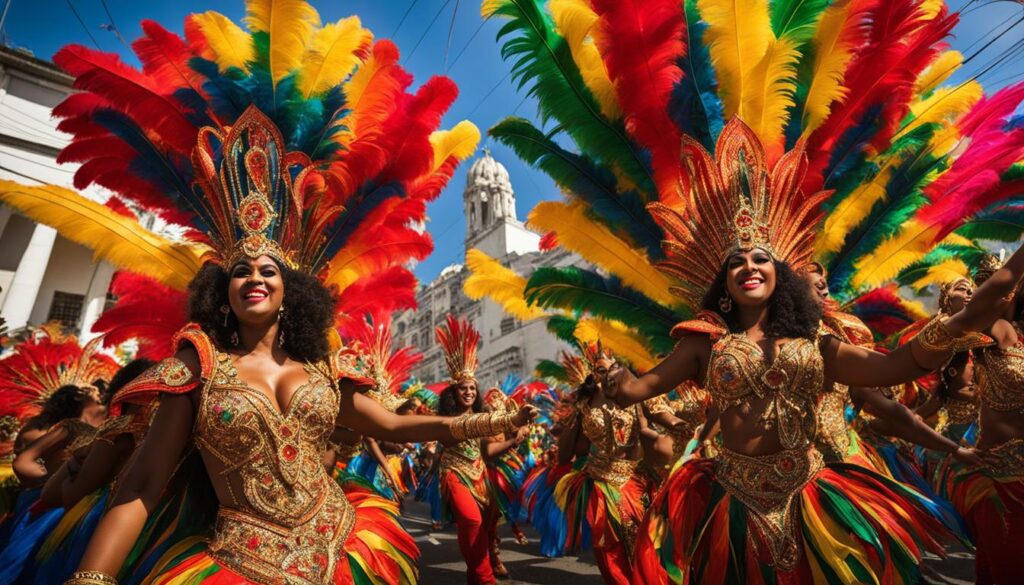
It’s not just the vibrant **carnival** or the sun-kissed shorelines that define Rio; the city’s rich tapestry includes a wealth of cultural attractions. World-class museums and galleries proudly display works by renowned **Brazilian artists**, narrating the stories of a nation through canvas and colour. For those wishing to delve deeper, exploring the diverse neighbourhoods presents an opportunity to indulge in a fusion of tastes and traditions.
Beyond the iconic attractions, Rio’s lesser-known local spots contribute to a unique urban adventure. Whether it’s discovering the eclectic markets brimming with artisanal crafts or savouring the city’s delectable cuisine, Rio de Janeiro offers an unforgettable mosaic of experiences for every kind of traveller.
“Rio de Janeiro is not just a city, it is a canvas of experiences, painted with the vibrancy of its people and the rhythm of its heart.”
Indeed, Rio personifies the allure that brings sightseers to explore the many facets of this dazzling **city in Brazil**. From the warmth of its people to the natural grandeur that envelops it, Rio continually stands out as one of the **main attractions**. Whether it is the allure of its **beautiful beaches** or the captivating energy of its storied streets, Rio de Janeiro is a destination that promises memories to last a lifetime.
9. São Paulo City
Often described as the city in Brazil where cultures converge, São Paulo stands tall as a beacon of diversity and exuberance. As Brazil’s cultural melting pot, the city is an effervescent hub for food lovers, art enthusiasts, and night owls seeking the city’s vibrant nightlife. São Paulo’s myriad districts each narrate their own unique stories of the city’s past and present, drawing in tourists from both near and far.
The São Paulo Museum of Contemporary Art, a repository of exquisite and provocative artworks, encapsulates the city’s fervour for artistic expression and innovation. Alongside high-end boutiques and stylish cafés, the museum represents the essence of the city’s modernist charm and is rightfully one of the esteemed tourist places in Brazil.
The cityscape is interspersed with lush parks and iconic edifices that map out São Paulo’s journey through time. With each neighbourhood offering an exciting discovery, visitors can immerse themselves into the fabric of a city that truly never sleeps.
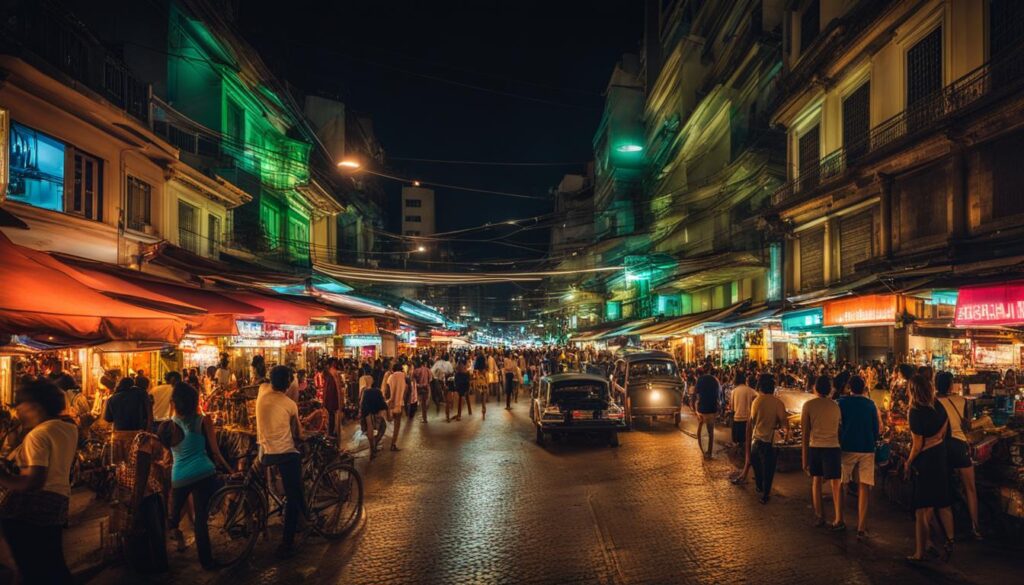
São Paulo is not merely a city, but a vivid tapestry of cultural narratives, each thread woven with the vibrancy and resilience characteristic of this great metropolis.
- Cultural Institutions: From the modern art displays in cultural venues to the Baroque echoes in historical shrines.
- Gastronomic Adventures: A kitchen of the world, where gastronomes can indulge in traditional Brazilian fare or explore international cuisines.
- Fashion and Design Districts: Avant-garde trends and timeless styles populate the storefronts of São Paulo’s chic retail areas.
- Historical Landmarks: Recounting Brazil’s lineage of architectural brilliance and the stories etched into the very stones of the city.
In the rhythm of its bustling streets and in the quietude of its art galleries, São Paulo invites the curious and rewards the adventurous. This city is not just a place to visit but an experience to be lived, a destination that promises to leave an indelible mark on the heart of every traveller.
10. Pantanal
The Pantanal, stretching across millions of hectares, stands as one of the most enthralling examples of wildlife in Brazil. This immense wetland, often less traversed by the casual visitor, ranks high among the best places to visit for those keen on experiencing Brazil’s natural wonders. Unlike the dense foliage of the Amazon, the Pantanal’s relatively open terrains provide an unrivalled stage for wildlife viewing.
During the dry season, vast flocks of birds, herds of capybaras, and even elusive jaguars converge around shrinking waterholes, making for spectacular observations. It is this characteristic that makes the Pantanal a premier destination for eco-tourism enthusiasts and naturalists from around the globe. The commitment to conservation within this national park has fostered a harmonious blend of tourism and preservation efforts.
As a natural paradise untouched by vast human expansion, the Pantanal represents an exceptional location to reconnect with nature, offering a purity of spottings and interactions seldom found elsewhere.
Eco-tourism ventures cater to a variety of interests ranging from photography safaris to night-time wildlife spotting, ensuring that each visitor’s experience is both unique and profound. The region’s offering of river cruises further adds a serene yet adventurous method of traversing this aquatic landscape, providing up-close encounters with the Pantanal’s stunning biodiversity.
- Witness the thrilling sight of a jaguar on a riverbank
- Spot the world’s largest parrot, the Hyacinth Macaw in its native habitat
- Explore the myriad of waterways aboard a local river cruise
- Partake in horseback riding sessions for a taste of the local gaucho lifestyle
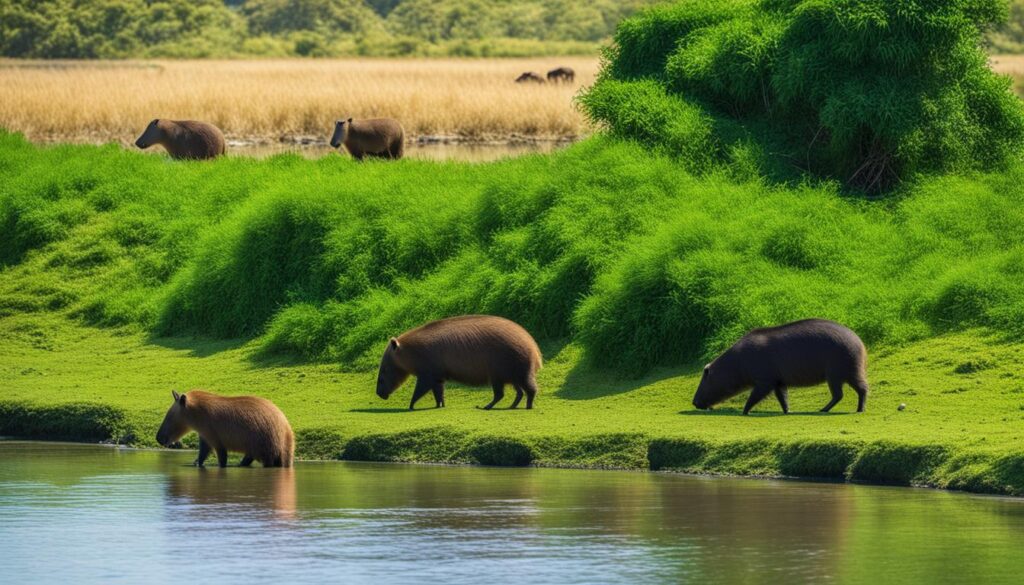
Whether it is the thrill of seeing a capybara family amble through the marshlands or the joy of identifying a rare bird species among the Pantanal’s teeming aviaries, this national park is an astonishing haven for wildlife aficionados and casual tourists alike. It is a vivid testament to the unspoilt wonders that Brazil tenderly cradles within its borders.
11. Rio Carnival
The Rio Carnival epitomises the heart and soul of Brazilian culture, bursting with an array of sounds, colours, and movements that are unmatched anywhere in the world. It invites revellers from across the globe to partake in what is arguably one of the top attractions in Brazil. As one of the most enthralling things to do in Brazil, the Carnival offers a chance to witness the competitive spirit of samba schools as they parade through the Sambadrome, adorned in their resplendent costumes and alongside their magnificent floats.

Observers are swept up in the energy of the festival, where every beat of the drum and swivel of the dancer’s hips translate the intensity of the nation’s storied past and present vibrancy. Here is a snapshot of what to expect when you immerse yourself in this unparalleled festive experience:
- Samba Parades: As the main highlight, the parades are a sensory overload, with each samba school’s performance a masterpiece of music, choreography, and storytelling.
- Street Parties: Known as ‘blocos’, these gatherings take place throughout the city, inviting one and all to dance and celebrate in true Brazilian fashion.
- Costumes and Masks: A kaleidoscope of vibrant costumes and masks make for a dazzling display, exemplifying the creative talent and enthusiasm of Carnival participants.
- Music and Dance: From samba to forró, the Carnival pulsates with rhythms that are fundamental to Brazilian culture, encouraging everyone to join in the dance.
Participation in the Rio Carnival is an encounter with the joyous heart of Brazil, a memory to be cherished as one of life’s most colourful celebrations.
12. Ilha Grande
When one thinks of an island paradise in Brazil, Ilha Grande effortlessly paints the perfect picture with its enchanting allure. A world away from the frenetic pace of the city, this island offers an idyllic setting that defines the quintessence of tourist attractions in Brazil. With its verdant rainforests creating a backdrop against unspoiled beaches and crystal-clear azure waters, Ilha Grande is not just another destination; it is among the most captivating places to visit in Brazil.
Ilha Grande’s rich history as both a pirate haven and a penitentiary adds layers of intrigue to its pristine landscape, making it a unique convergence of the past and natural splendor. This storied past is a sharp contrast to the peaceful and untouched environment that provides solace and retreat for travellers today. It invites adventure seekers and serenity hunters alike to dive into the island’s tapestry of experiences, whether snorkelling beside vibrant marine life or trekking through lush trails that wind into the heart of the rainforest.
Ilha Grande serves as a gentle reminder of nature’s incredible ability to reclaim and revitalise spaces once touched by humanity’s tumultuous history, making it an inspirational and restorative getaway for those who set foot on its shores.

- Explore tranquil hideaways on the serene Lopes Mendes and Dois Rios beaches, where the sands stretch to the horizon, untouched and pure.
- Embark on a journey beneath the waves, a sanctuary for diving enthusiasts, to witness the island’s vibrant undersea life.
- Indulge in the unhurried pace of island life, relishing in the peaceful reprieve that comes only from this place of untouched natural grace.
Ilha Grande, a testament to Brazil’s diverse ecosystems and historical complexities, remains a testament to the country’s multi-faceted appeal. It’s the enigmatic soul of Brazil encapsulated in one tranquil, beautiful locale, promising an unforgettable exploration for all who journey to its domain.
13. Amazon National Park
The allure of the Amazon rainforest as a Brazil tourist spot is undeniable for the adventurous tourist seeking a genuine encounter with nature’s splendour. The Amazon National Park represents a vast region of this tropical haven, embodying the very spirit of ecotourism in Brazil. Visitors who traverse its expansive landscapes are not only embracing the thrill of exploration but also contributing to rainforest preservation, a critical endeavour in today’s ecologically conscious society.

An exploration into the heart of the park reveals why the Amazon stands as a beacon for those yearning for a profound ecological connection. The array of species, both flora and fauna, is staggering, with the park acting as a sanctuary to protect these wonders against disappearing forever.
Discovering the Amazon is not only about witnessing its beauty but understanding the importance of its conservation and the role we play in its sustainability.
Beyond the breathtaking biodiversity, the park serves as an educational platform. Here, ecotourists can delve into the facets of ecological research, learning about the vital conservation efforts that are underway. Every visit highlights the fragility of our planet’s ecosystems and the ongoing battle to save one of the last unspoilt wildernesses on earth.
- Engagement with local communities teaching about the intricacies of the Amazonian culture and their symbiotic relationship with the environment.
- Guided tours that provide a comprehensive understanding of the region’s biodiversity.
- Canopy walks, river excursions, and wildlife safaris that offer an immersive rainforest experience.
The Amazon National Park is more than just a travel destination; it’s a transformative experience that unites the thrill of adventure with the noble cause of preservation. It is a shining example of how ecotourism in Brazil can foster a deep appreciation and commitment to protecting our planet’s most precious resources.
14.Discover the Enchantment of Salvador City
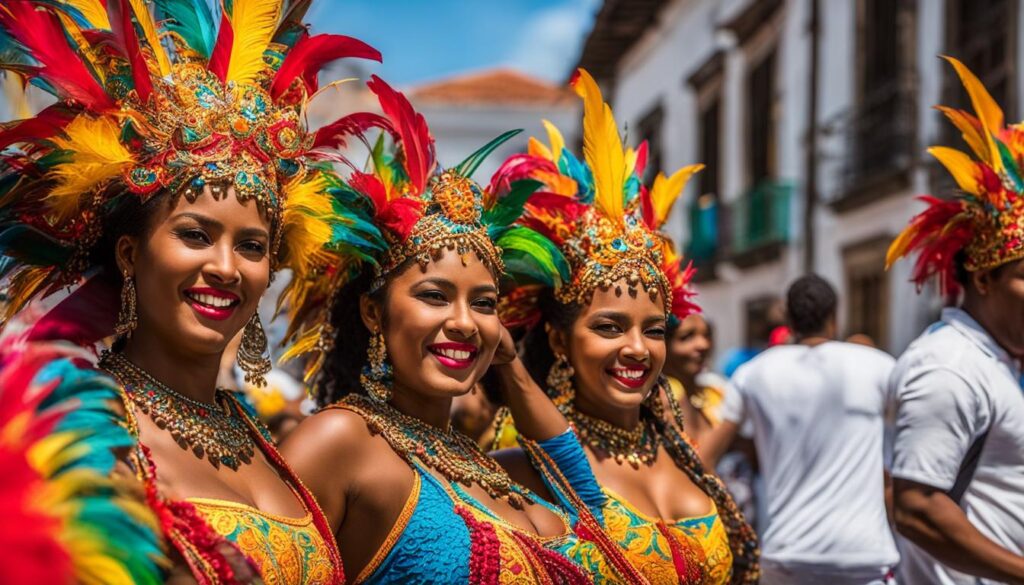
Salvador City, a captivating city in Brazil, stands as a testament to the nation’s rich historical tapestry and the enduring legacy of the colonial power that ruled Brazil until 1822. The city’s architecture serves as a window into a past era, where the streets still echo the footsteps of Portuguese settlers. With its compelling history and vibrant cultural scene, it is one of the most fascinating tourist spots in Brazil.
Salvador’s heart beats to the rhythm of African-Brazilian culture, offering an immersive experience through its infectious music, the hypnotic movements of capoeira dancers, and the detailed tapestry of its colourful handicrafts. These elements combine to make the city an emblematic representation of African-Brazilian culture.
The spirit of Salvador is best captured in the joy of its locals, the melody of its streets, and the colour play on its colonial buildings—a city where every corner tells a story.
Here, tourists can:
- Explore the São Francisco Church and Convent, a monumental baroque structure laden with gold.
- Stroll through the historic Pelourinho district, a UNESCO World Heritage site.
- Participate in a capoeira circle, a dance and martial arts fusion distinctive to the region.
- Savour traditional acarajé and other Afro-Brazilian delicacies that tantalise the palate.
- Witness the opulence of Carnival, where African and Brazilian traditions blend in exuberant celebration.
The allure of Salvador City draws in those seeking a deeper understanding of Brazil’s ancestry while indulging in the sensory pleasures unique to this coastal jewel. The connection to the colonial powerremains vivid in the pastel-hued facades of its historic buildings and the antique charm of its cobblestone streets. Salvador is more than just a place to visit; it’s a cultural encounter that resonates with the soul of all who wander its age-old paths.
15.Museum of Modern Art in Rio de Janeiro
The Museum of Modern Art in Rio de Janeiro, lovingly abbreviated as MAM, is a seminal venue showcasing a rich tapestry of art in Brazil. Established to cultivate an appreciation for contemporary creations, this institution is pivotal in promoting the works of Brazilian artists and in framing modern art within the cultural context of the country. Not merely a repository of artworks, the museum is a lively tourist attraction in Brazil with its dynamic exhibitions that span diverse media and styles from the 20th and 21st centuries.
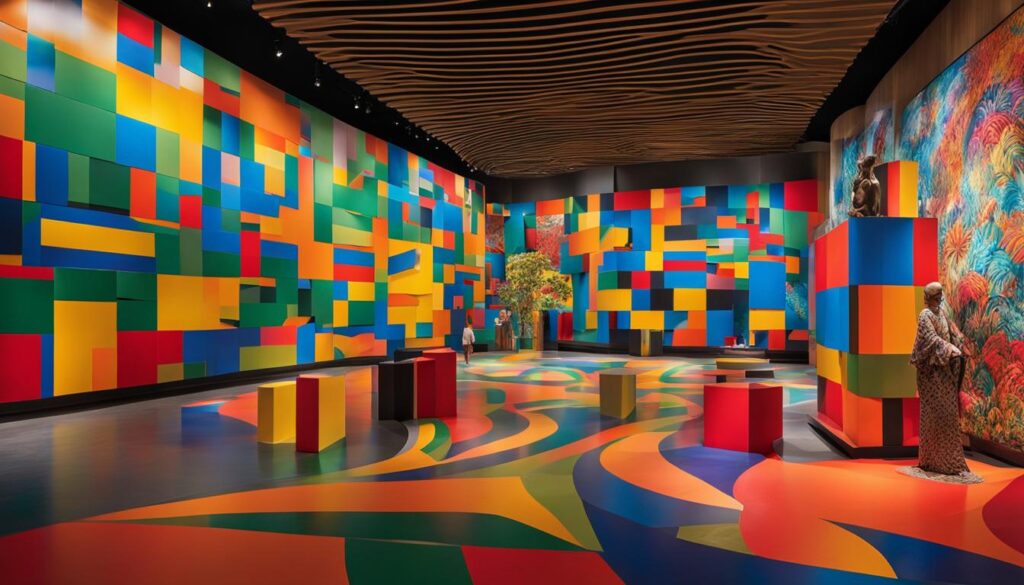
Art enthusiasts regard MAM as a bastion of inspiration, thanks to its commitment to artistic innovation. Its offerings go beyond static displays; it incorporates a vibrant calendar of cultural events that include art film screenings, educational programmes, and experimental performance art. The museum’s architectural design itself is a piece of art, with its stark clean lines providing a canvas for the perpetual dance of sun and shadows across its façades.
When considering places in Brazil to visit, MAM strikes a compelling argument for those captivated by artistic expression. Its existence is a testament to the fervour with which Brazil honours creativity, and its ever-evolving collection continues to draw tourists and art connoisseurs from across the globe. A visit here offers deep insights into the evolution of Brazilian art and an unforgettable cultural experience amidst the backdrop of Rio’s picturesque landscapes.
- Vast collection of Brazilian and international modern art
- Regular exhibitions featuring contemporary and historic artworks
- Host to cultural events, art film screenings, and educational programmes
- Architectural interest of the building itself
- Proximity to other tourist attractions in one of Rio’s culturally vibrant areas
In summary, the Museum of Modern Art stands as a laudable destination for anyone interested in exploring the vibrant world of art in Brazil and experiencing the diverse creativity of some of the most talented Brazilian artists. Its appeal as a tourist attraction in Brazil is undeniable, and it should certainly feature on the itinerary of any prospective traveller keen on immersing themselves in Brazil’s rich cultural scene.
16. São Paulo Museum of Contemporary Art
At the heart of São Paulo’s rich cultural tapestry lies an edifice that is not only a repository of artistic innovation but also a masterpiece of architecture in its own right. The Museu de Arte Contemporânea, designed by the illustrious Brazilian architect Oscar Niemeyer, is more than a museum; it is a node of creative exchange and a bastion of contemporary art in Brazil. This institution is not merely a São Paulo tourist spot, but a luminary that shines on the international stage, drawing art aficionados and casual visitors alike to its spellbinding collection.
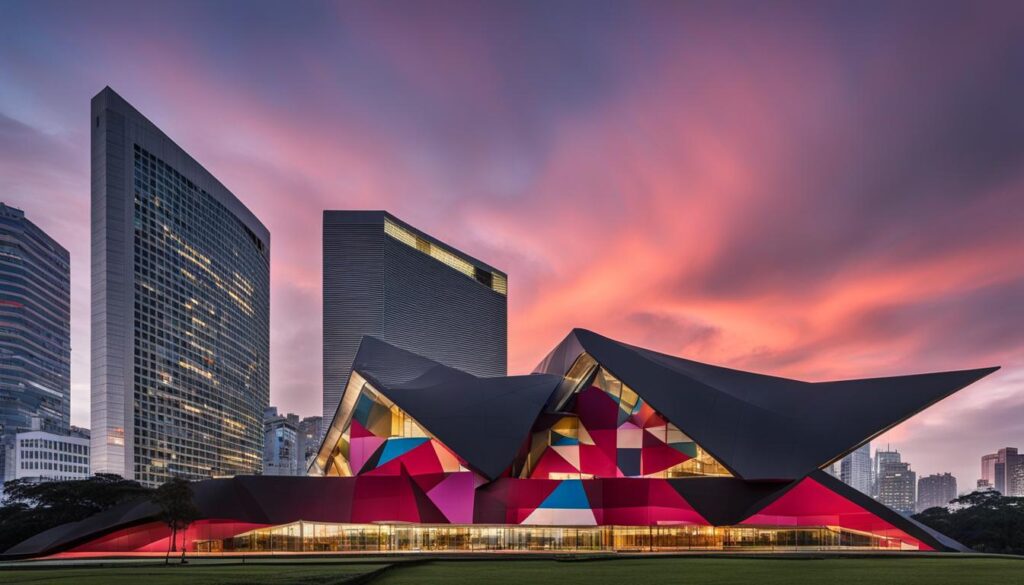
Within its boldly curved walls, the Museum of Contemporary Art curates a diverse array of works that echo the pulsating energies of the global art world. It is here where the avant-garde converges, where the provocative and the profound mingle to challenge perceptions. The museum’s collection is a testament to the vibrant and eclectic canvas that is contemporary art, with pieces that range from the abstract to the hyperreal, the minimalist to the complex.
As a canvas of artistic expression, the museum mirrors the cultural dynamism that defines the very essence of Brazil’s artistic endeavours. It encapsulates a history of innovation, mirrored in both its exhibits and its iconic Niemeyer design.
A visit to this milestone of cultural significance delivers more than an ordinary museum experience—it offers a journey through the narratives that shape our present artistic landscape. For those yearning to delve into the expanse of modern creativity, the Museu de Arte Contemporânea stands as a beckoning light, inviting one to explore the profound dialogue between art, architecture, and the human condition.
- A vast collection touching on key movements and artists
- Educational programmes fostering artistic appreciation
- Exhibitions reflecting current artistic discourses
- The architectural genius of Oscar Niemeyer in every contour
Certainly, the Museu de Arte Contemporânea is an emblematic landmark in São Paulo’s cultural scene, ensuring the continuation of the city’s long-standing celebration of artistic expression. It is an essential visit for those who wish to connect with the visionary minds that shape our world through the universal language of art.
17. Minas Gerais
The state of Minas Gerais stands as one of the most spellbinding historical regions in Brazil. Visitors are transported back in time as they wander through the quaint, cobbled streets of colonial towns like Ouro Preto and Diamantina. These towns exhibit the opulence of a bygone era, where ornate baroque churches reflect the wealth generated from the 18th-century gold rush.
This rich tapestry of history extends beyond the architecture. The state’s national parks, such as the Serra do Cipó National Park and the Caparaó National Park, offer breathtaking natural beauty and opportunities for adventure. With picturesque trails and cascading waterfalls, these parks preserve the landscape that once lured prospectors and adventurers from across the world.
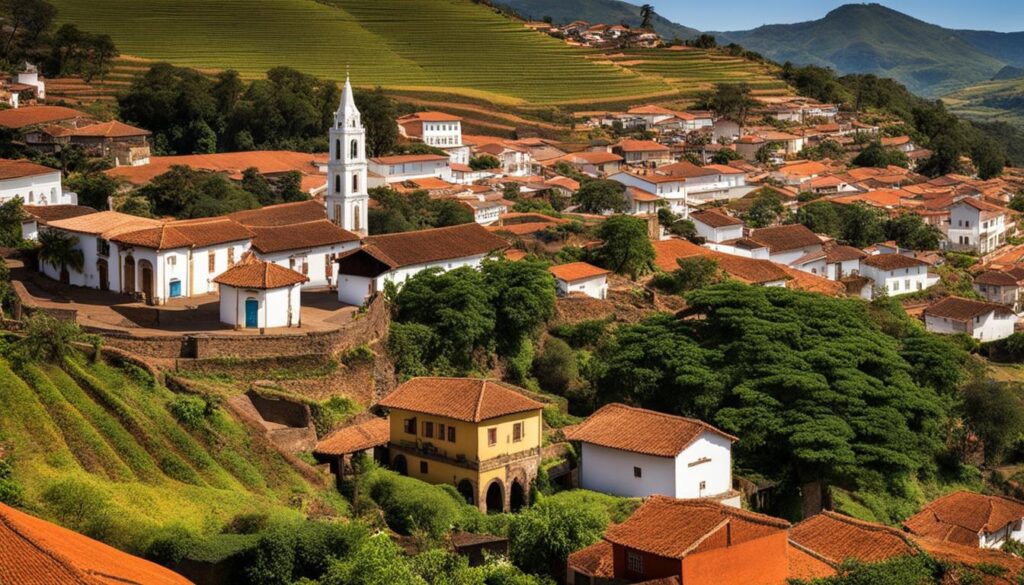
Exploring Minas Gerais not only satisfies those with an affinity for the past but also caters to outdoor enthusiasts seeking the thrill of nature. It’s a charming destination in Brazil where historical heritage and natural wonders coalesce, making it an enchanting escape for any traveller.
- Ouro Preto – A UNESCO World Heritage site renowned for its baroque architecture.
- Diamantina – A gem of colonial history, echoing the stories of diamond traders.
- Historic trekking routes – Following old mining paths for a glimpse into the past.
Minas Gerais holds within its bounds a legacy of cultural wealth and natural splendour, waiting to be discovered by those who seek a journey off the beaten path.
18. Salvador’s Historic Center
Steeped in a rich tapestry of culture and history, Salvador’s Historic Center, affectionately known as Pelourinho, stands as a beacon of colonial architecture. This vibrant heart of Salvador is characterised by its pastel-hued buildings and baroque churches that paint a picture of a bygone era, securing its reputation as one of the most enchanting historical tourist spots in Brazil.
As visitors meander through the quaint cobbled streets, they are taken on a sensory journey marked by the sounds of samba and the sweet aromas of Afro-Brazilian cuisine. Pelourinho is not just a district but a living museum, echoing tales of a colonial past amid its heritage sites, which proudly bear the UNESCO World Heritage site designation.
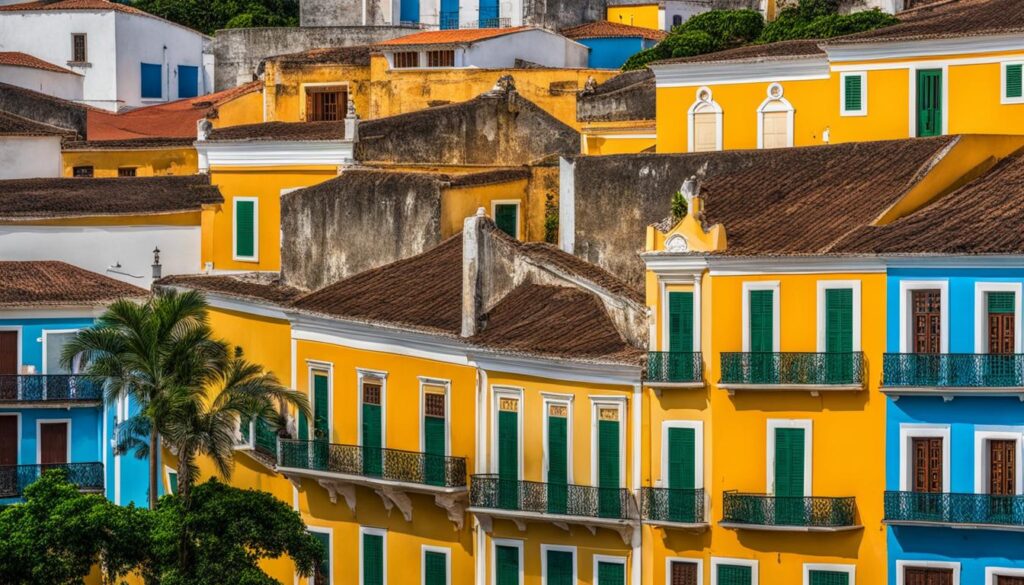
Exploring this labyrinth of culture and history is a must when visiting Brazil. Here is a glimpse of what awaits:
- The majestic São Francisco Church and Convent, a stunning example of Portuguese colonial architecture with intricate gold-leaf woodwork.
- Largo do Pelourinho, the famed square where history pulsates with cultural performances against a backdrop of iconic pastel-coloured buildings.
- The Afro-Brazilian Museum, which showcases the profound impact of African heritage on Brazilian culture and its people.
The allure of Pelourinho extends beyond mere aesthetic charm; it is an arena where the past and present converge, creating an atmosphere that not only captivates but also educates. It encapsulates the essence of the spirit of Salvador, making it an unmissable pitstop on any journey through Brazil’s storied landscape.
“Pelourinho is the soul of Salvador. Here, amidst the colours and sounds, one truly grasps the historical heartbeat of Brazil.”
Embrace the opportunity to stroll through the iconic realm of Salvador’s Historic Center, where every corner offers a gateway to understanding the vibrant tapestry of Brazil’s colonial history and cultural plurality.
19. Brasília
The capital of Brazil, Brasília, is a remarkable testament to visionary planning and architectural genius. Inaugurated as the federal capital of Brazil in 1960, it exists as a symbol of national progress and historical ambition. The cityscape, a canvas for the renowned architect Oscar Niemeyer, showcases a collection of modernist architecture that is both functional and aesthetically compelling.
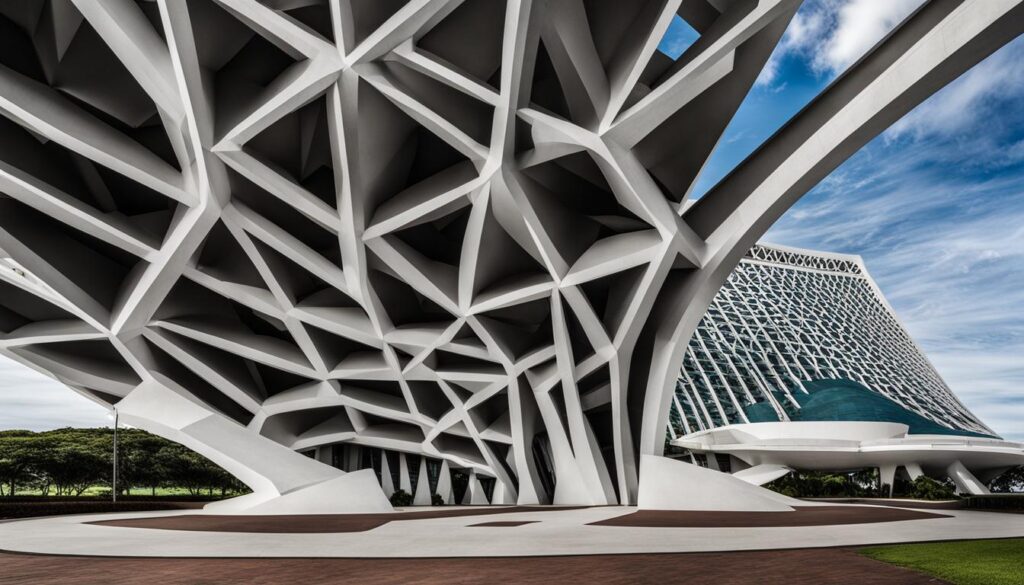
Amidst the urban design, one can witness Niemeyer’s passion for sweeping curves and bold abstract forms. His works, alongside urban planner Lúcio Costa’s layout, turn Brasília into a planned city that breaks free from the traditional urban sprawl, aligning with the principles of the ‘cidade planejada’ movement.
- Presidential Palace (Palácio do Planalto)
- National Congress of Brazil (Congresso Nacional)
- Supreme Federal Court (Supremo Tribunal Federal)
Niemeyer’s creations stand as monuments of the city’s governmental function, each structure engineered not only with utility in mind but having also become iconic fixtures on the cultural landscape. In Brasília, every curve, plaza, and esplanade tells a story of innovation and the conviction that architecture has the power to reflect and shape a society’s identity.
“Brasília is not simply a city but a landscape of our aspirations, a mirror reflecting the light, sky, and the boldness of a nation’s hopes.” – Oscar Niemeyer
In essence, Brasília is more than just the political heart of Brazil; it is a living exhibit, an urban utopia crafted from concrete, glass, and the dreams of its architects. For visitors seeking to immerse themselves in the confluence of historical significance and architectural brilliance, a journey to Brasília is an enlightenment, a glimpse into the soul of modern Brazil.
20. Maracanã Stadium
Embedded within the heart of Rio de Janeiro, the Maracanã Stadium stands as an eminent landmark, radiating the historical significance and unbridled enthusiasm of Brazilian football. Revered not merely as a sports facility but as an embodiment of cultural heritage, Maracanã synchronises the rhythm of matches with the pulse of millions who view the sport as a poignant aspect of their identity. Undoubtedly a premier tourist spot, the stadium’s grandeur is palpable, having been the arena for some of the most pivotal moments in football history, including World Cup finals that are etched in the minds of enthusiasts around the globe.
Maracanã’s magnetism lures not only fans of the beautiful game but also tourists keen on ingesting the full panorama of Rio’s vibrant culture. As a sports attraction in Brazil, it offers tours that give an insight into the stadium’s storied past and present, from the hallowed corridors to the sprawling pitch where legends have battled for glory. These tours not merely allow visitors a behind-the-scenes glimpse but also an encounter with the sheer scale of the edifice and its role in shaping sporting lore.
Today, the Maracanã Stadium is more than a silent sentinel of past triumphs. It continues to be a lively venue where local and international matches are played, remaining an essential part of the narrative of football in Brazil. For anyone visiting Rio, stopping by Maracanã is essential, not only to relish in its past accolades but to feel the ongoing saga of the sport that moves a nation. Its echoes of victory, defeat, and the enduring spirit of competition make it an unmissable destination for admirers of Brazil’s football legacy.



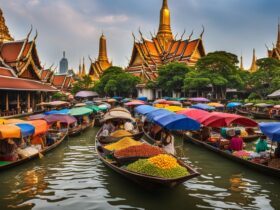

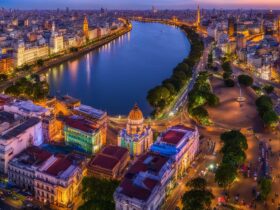
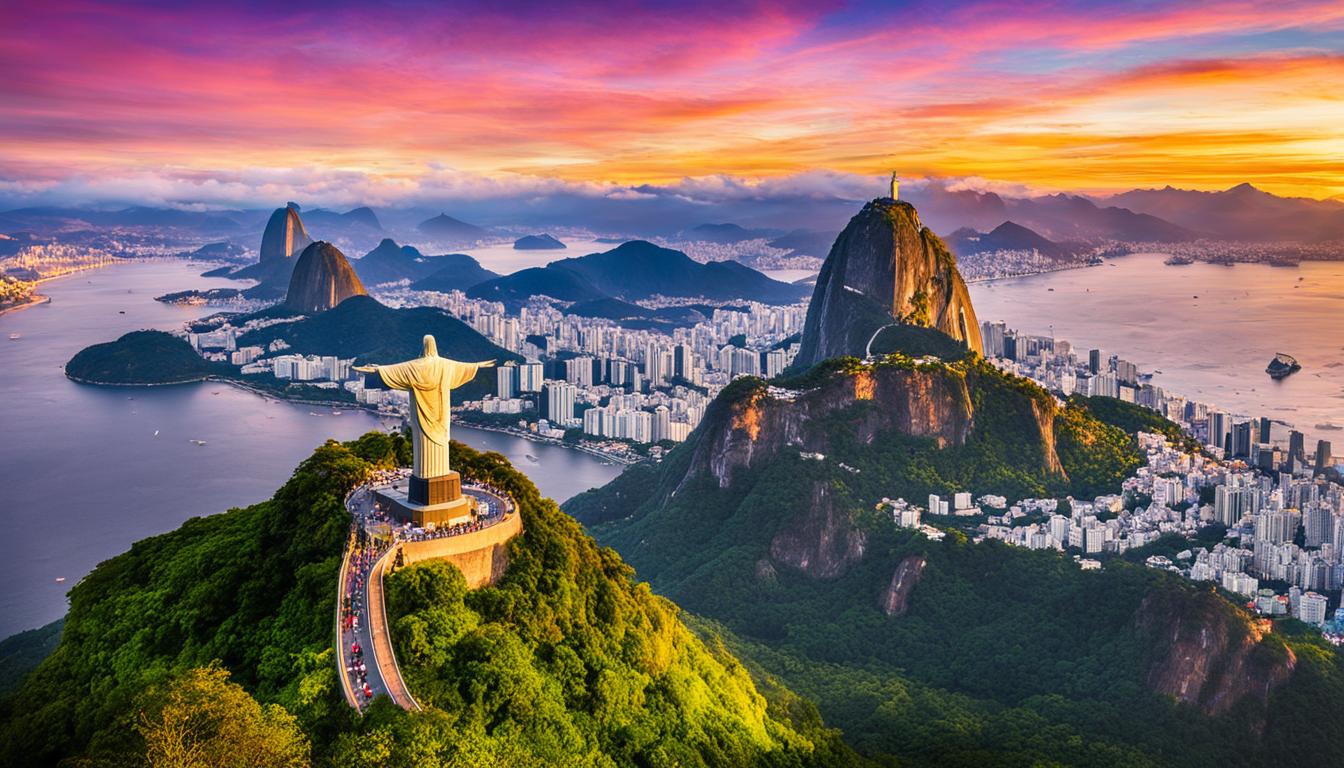
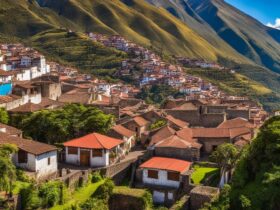
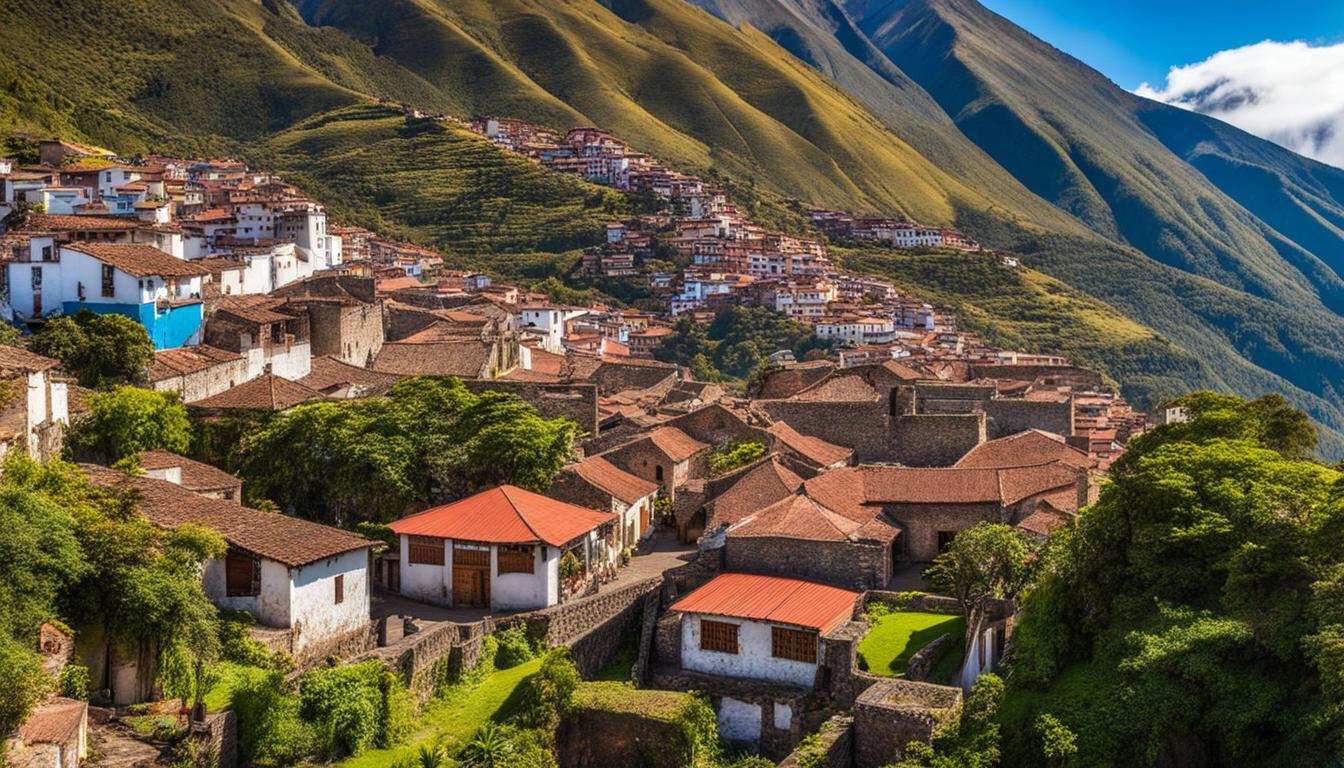

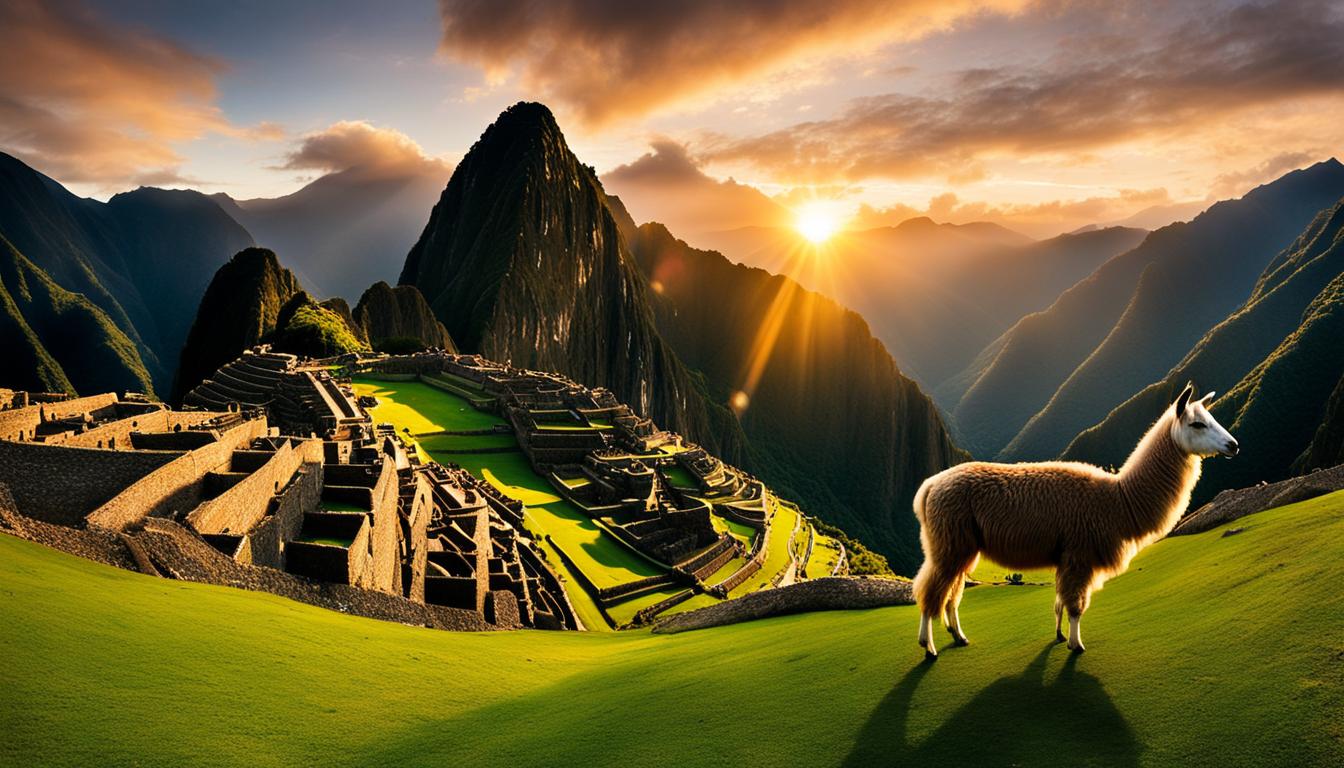
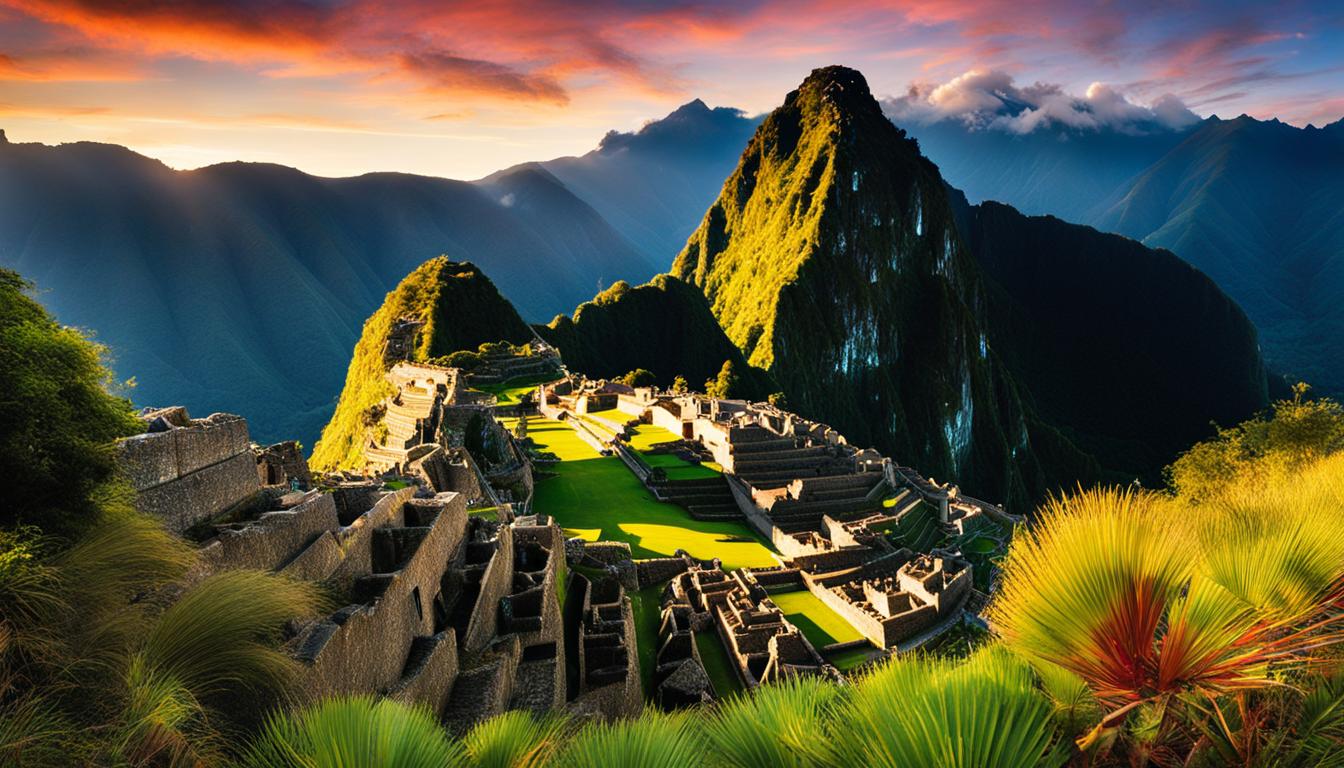
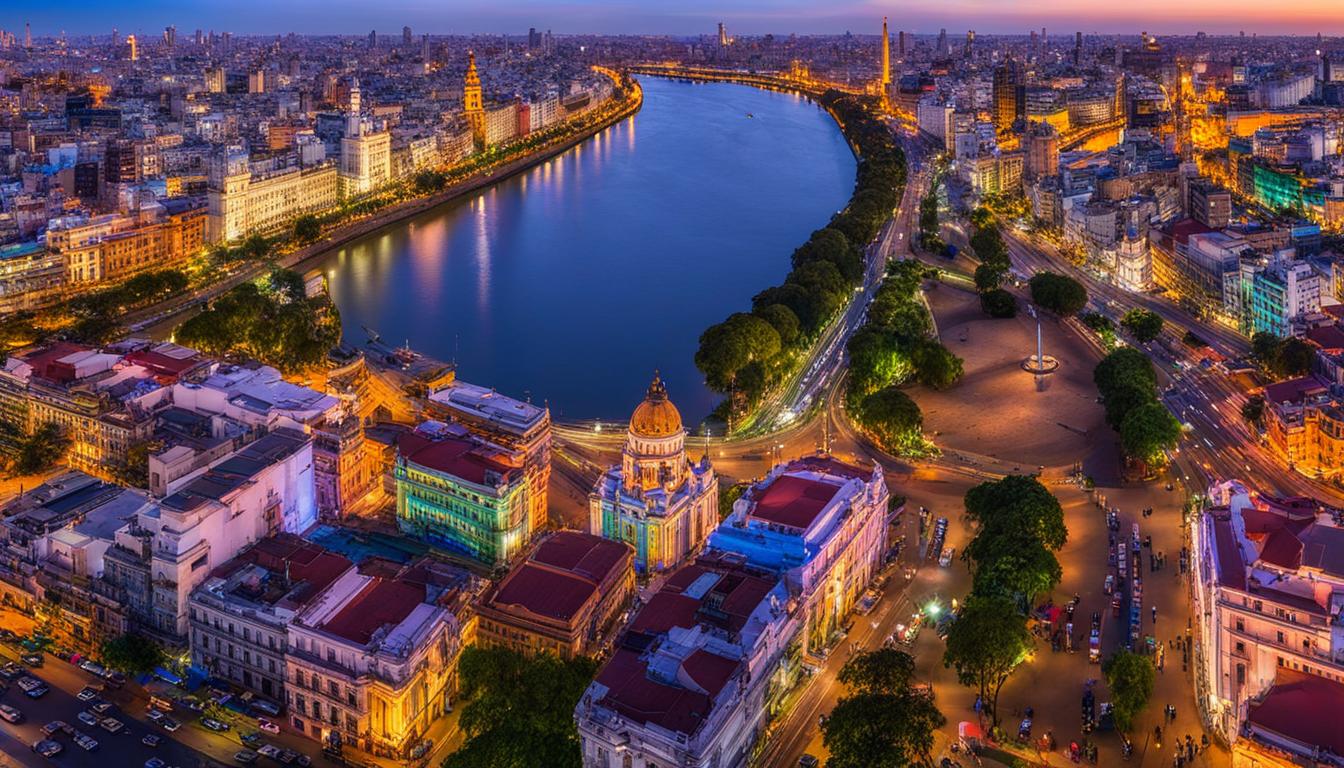
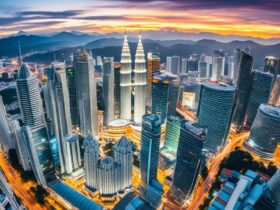
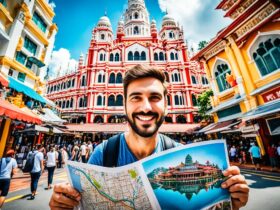
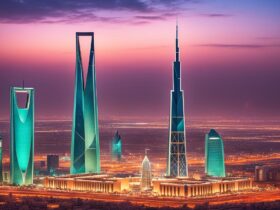
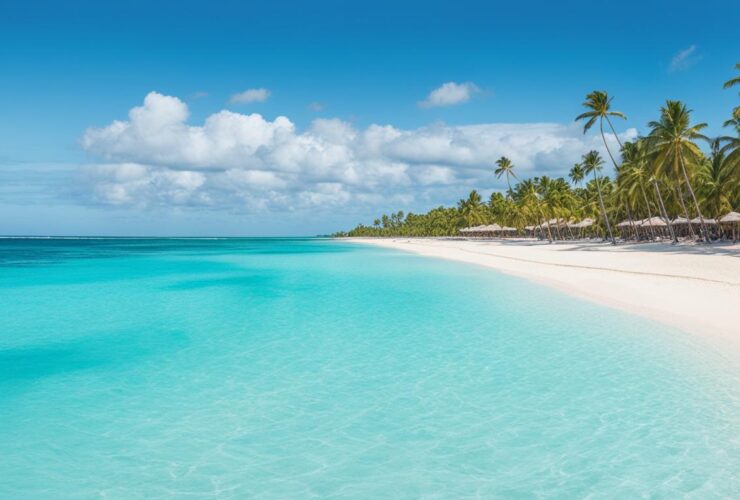

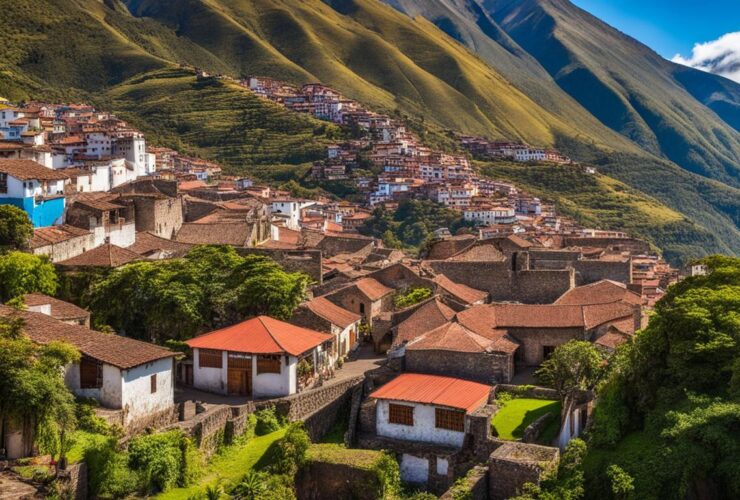
Leave a Reply
View Comments